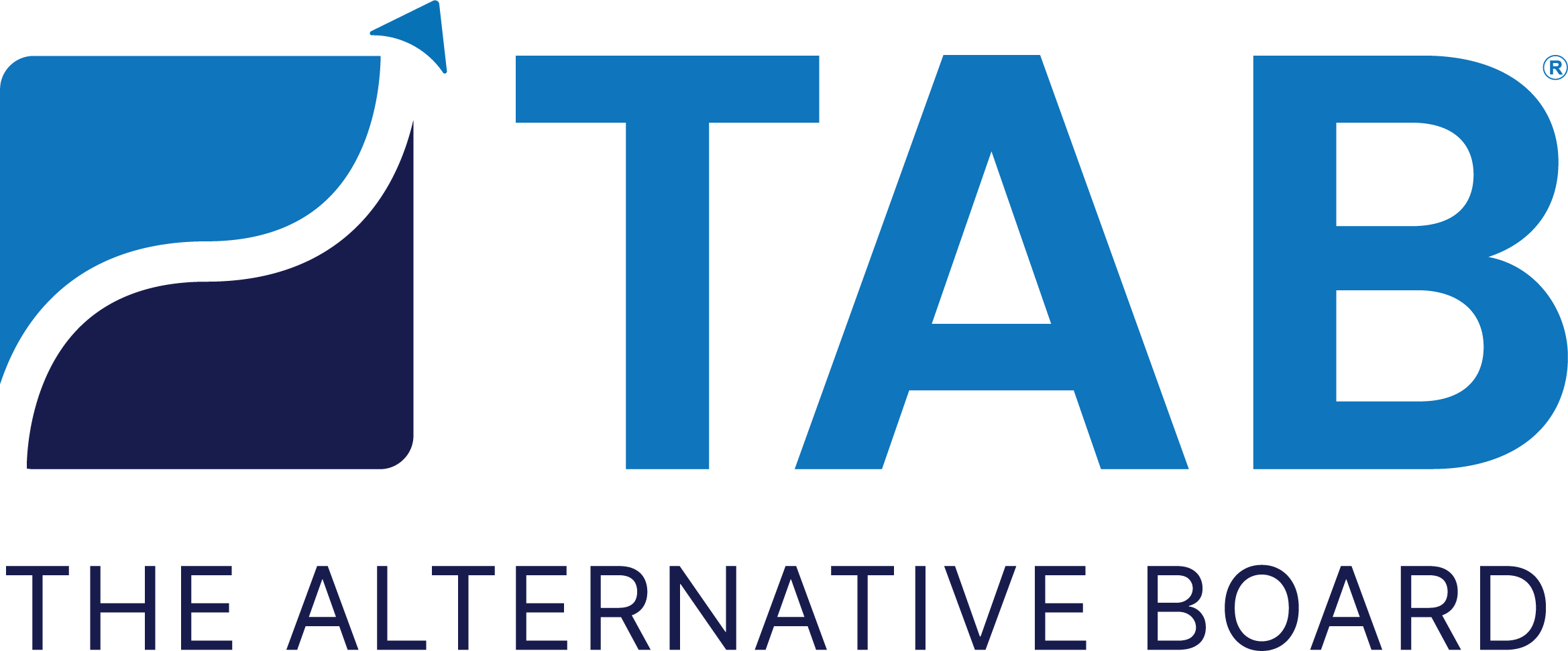Not Your Father's Business Leadership
Today’s business leaders bear little resemblance to the top brass of yesteryear. Business leadership has evolved significantly over the last 50 years, driven in large part by changes in technology and societal values. Business owners, who in the 1970s were mostly middle-aged men, tended to run their companies with a top-down leadership approach. This autocratic management style was characterized by a dominant chain of command, limited employee empowerment, and almost non-existent transparency. While perhaps standard operating procedure back in the Disco Decade, today the dynamic feels heavy-handed, unmotivating, and maybe even counterproductive.
Indeed, business ownership and C-suites look remarkably different today than they did for your parents, and many influences went into that leadership evolution. The surge in small businesses, the tech boom, and substantive cultural shifts all played major roles in the advancements of modern business leadership.
Here is an interesting look back at some of the business leadership norms of the past and how they compare with contemporary business ownership and management styles today.
Authoritative vs Servant Leadership
As mentioned, traditional organizations were often characterized by rigid hierarchies in which employees had limited input and were not empowered to contribute beyond their designated roles in the business. Authoritative leadership tended to quash innovation and stymied agility by being demanding and controlling.
Today’s business leadership leans more toward a decentralized power structure which is characterized by fewer levels of management and a more even distribution of authority throughout the company. This approach fosters better collaboration, more autonomy, and higher employee empowerment and satisfaction.
Today’s servant leadership philosophy is founded on the principle that a business leader’s primary role is to serve their team, their company, and the community that surrounds them. It is a compassionate approach that fosters employee engagement, empathy, and wellbeing that transcends the bottom line.
Rigid vs Adaptive Leadership
Back in the old days, business leaders were often traditionalists who resisted change and held tight to doing things “the way we have always done it.” Beyond creating a stifling company culture, this approach to leadership often stymied innovation, not to mention it left money on the table. Consider the decline of Kodak in the early 2000s. Leadership at the analogue camera company failed to embrace the increasingly popular digital photography movement and got left in the dust in a market they dominated for more than 100 years. Now was this a rigid leadership decision or just a strategic misfire? Maybe a bit of both.
Adaptive leadership, like we often see today, allows business ownership to address and react to emerging trends in their industries and in the labor market. The pandemic certainly tested the agility of business leaders and their ability to mitigate an unrelenting barrage of negative market dynamics including supply chain disruptions, safer from home protocols, and an unenthusiastic workforce. Just imagine if instead of pivoting or adapting, business leaders in 2020 decided to do things the way they had always done it.
Limited Communication vs Transparency
Leadership communication in the 1970s was often stodgy and hierarchical. Due to comparatively few channels, communications back then were usually written and formal. Letters and memos typically followed established structures and were often more akin to mandates than heads-ups or FYIs. This, combined with the authoritative leadership approach mentioned earlier, meant that information flow was limited in businesses operating during that time.
In today’s organizations, open communication and transparency are almost foundational to every thriving company culture. Business leaders use an array of communication tools to share insight into company culture and organizational goings on. Newsletters, all-hands meetings, emails, instant messaging, video conferencing and social media make communications more accessible than ever before. All these channels provide real opportunities for business leaders to be transparent, and connect themselves and their vision with their everyone in their organization.
Corporate Irresponsibility vs Community Support and Sustainability
The Love Canal environmental disaster. Three Mile Island. And the Exxon Valdez oil spill. All were headline-making incidents due to corporate leadership negligence in the 70s and 80s. While corporate malfeasance certainly still exists, business leadership today is more environmentally conscious and community-aware than ever before. Many business leaders design their company mission and vision statements around causes that matter to them, then infuse these cares and concerns throughout their company culture. Modern leadership makes many decisions and designs core strategies based in part on environmental impact and sustainability.
As the business leadership dynamic continues to evolve far beyond what your father could have ever imagined, it becomes increasingly evident that success is no longer solely measured by profit margins and market dominance, but by a genuine commitment to the well-being, growth, and shared values of the entire team and the communities they serve.

